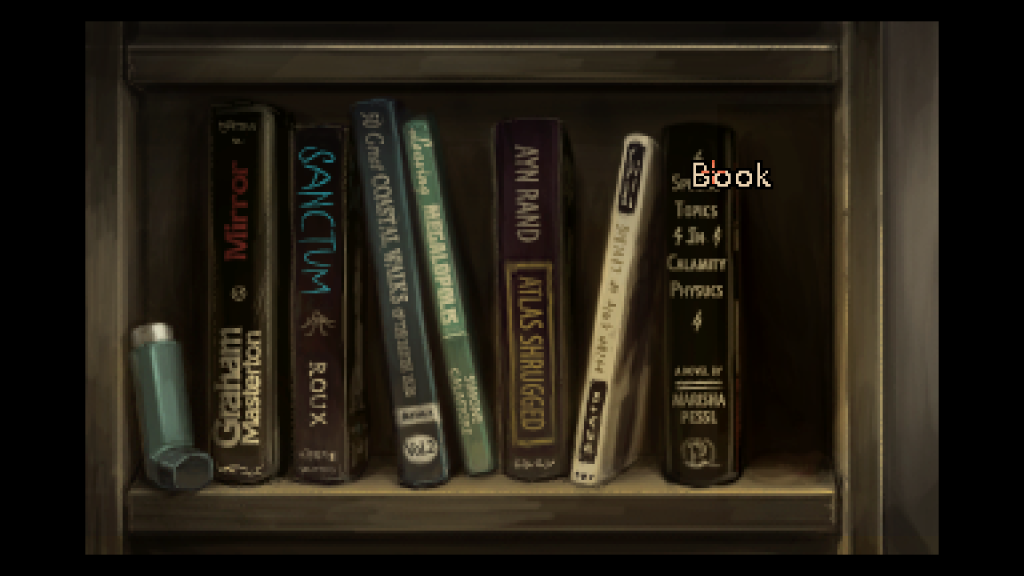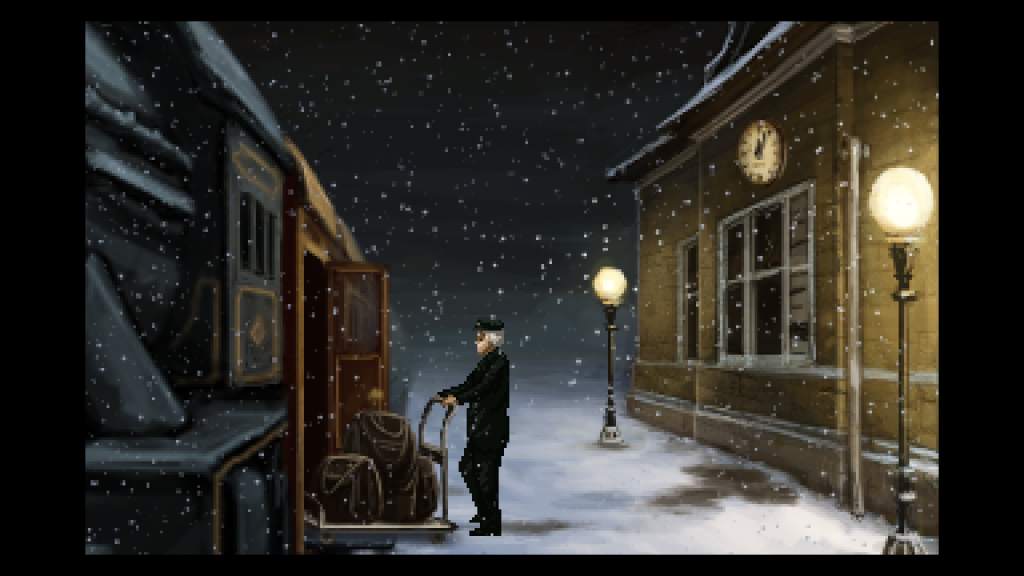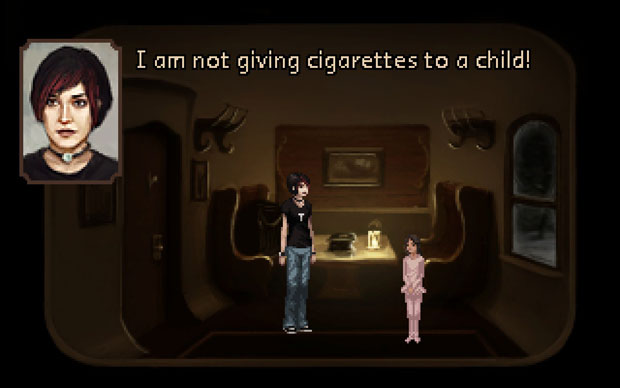The Charnel House Trilogy
The Charnel House Trilogy
I played The Charnel House Trilogy, a horror point and click game, in order to get a feel for the genre since I am mostly unfamiliar. This game would give me most of my inspiration for the art direction of Memories of a Misty Seashore. Although pixel art was not mentioned in the GDD, I thought that it could still get across the style that was outlined in the GDD, that being realistic and dark. I discussed this with my teammates and we agreed that I would do the background in pixel art. The Charnel House Trilogy also inspired me to suggest the game be third person, as I had initially thought that first person would be the best. However, thinking about it, I think third person would put a heavier emphasis on character, which I think is important due to one of the core pillars being the alternating perspectives. Third person is also a common perspective for point and click games, as seen in classic point and clicks like King’s Quest (Sierra On-Line, 1984), Beneath a Steel Sky (Virgin/Revolution, 1994) and Monkey Island (LucasArts, 1990).

The game is split into three parts, ‘Inhale’, ‘Sepulchre’ and ‘Exhale’, which all took me around three hours to complete. The first part introduces us to Alex Davenport, voice acted by Madeleine Roux, we see her apartment. The environment artwork in this game was made by Ben Chandler and Ivan Ulyanov. It is very consistent, being muted and realistic with very detailed pixel art that immerses you into the world. We see Alex’s apartment in two states, one being late with the lights off after she takes a nap and the other with the lights on earlier in the day. The shift into the darkness sets the mood for the game, as what could be previously seen is now shrouded in obscuring shadows, taking away the knowledge of the player to set us up for the mystery of the train in the later parts. This is important as it demonstrates the value of environment art in aiding the narrative and aesthetic storytelling in a horror game, as changing backgrounds can effect the player emotionally.
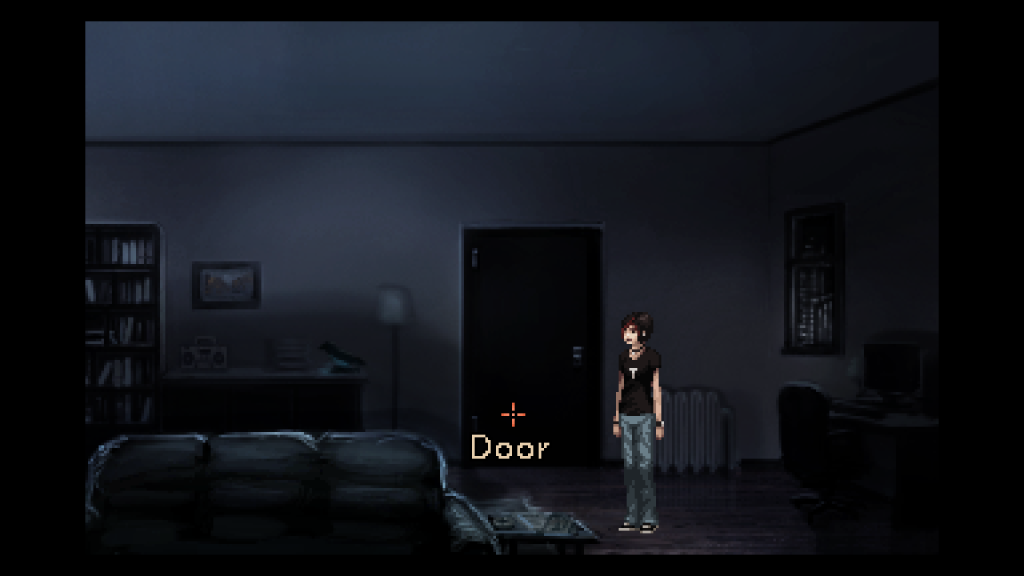
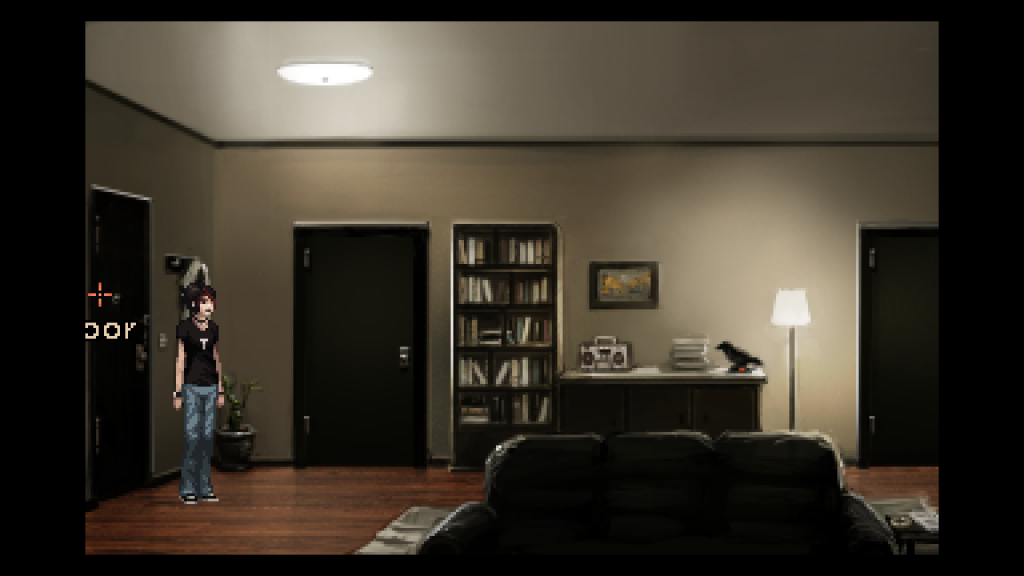
This changing of the lighting is also used later in the game when the lights go out on the train, which is out of the players control.
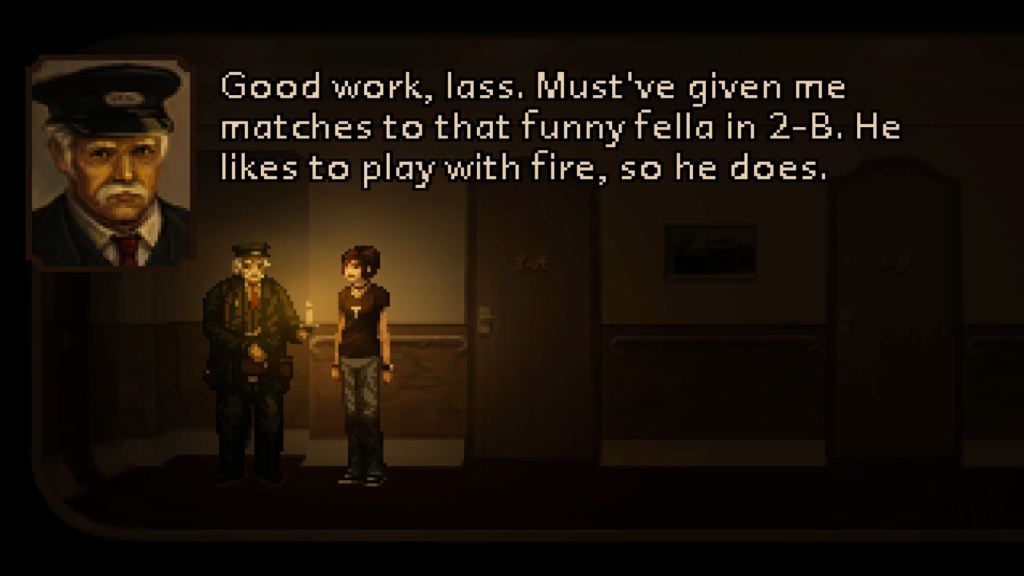
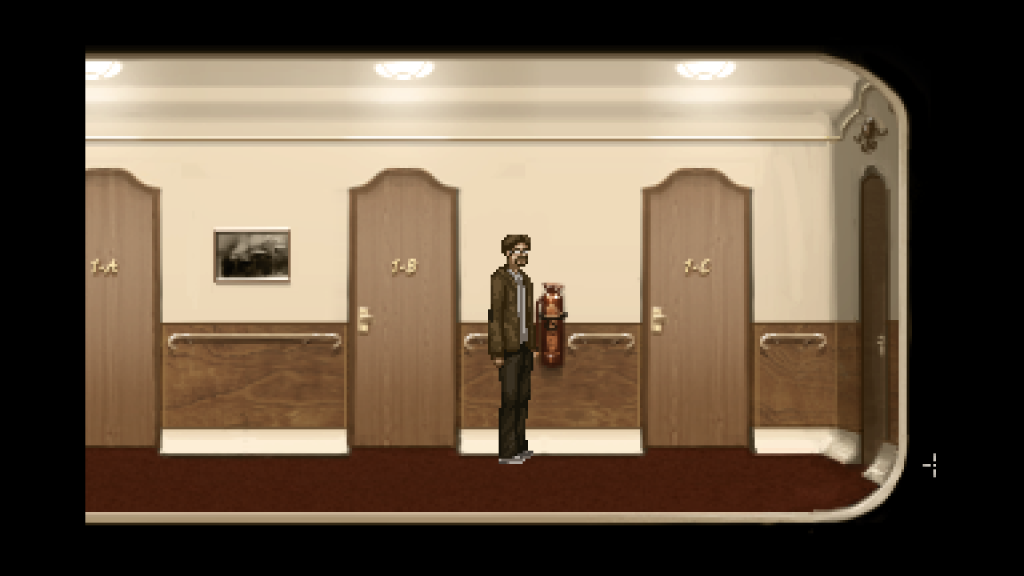
Chandler (2017), one of the artists for the Charnel House Trilogy, talks about the importance of contrast in adventure games in his blog, ‘These games rely heavily on observation to solve the challenges of the games, and it’s important that players can see where they can go, what they can use and what exactly it is that they’re looking at in order to make the game enjoyable and playable’. Referring to a scene in The Lost Files of Sherlock Holmes, Chandler (2017) says ‘A lack of contrast makes the scene hard to parse’. This was initially an issue in my artwork, as in trying to make the environments in ‘Memories of a Misty Seashore’ look drab and grey, I reduced the amount of contrast, making the scene unfocused.
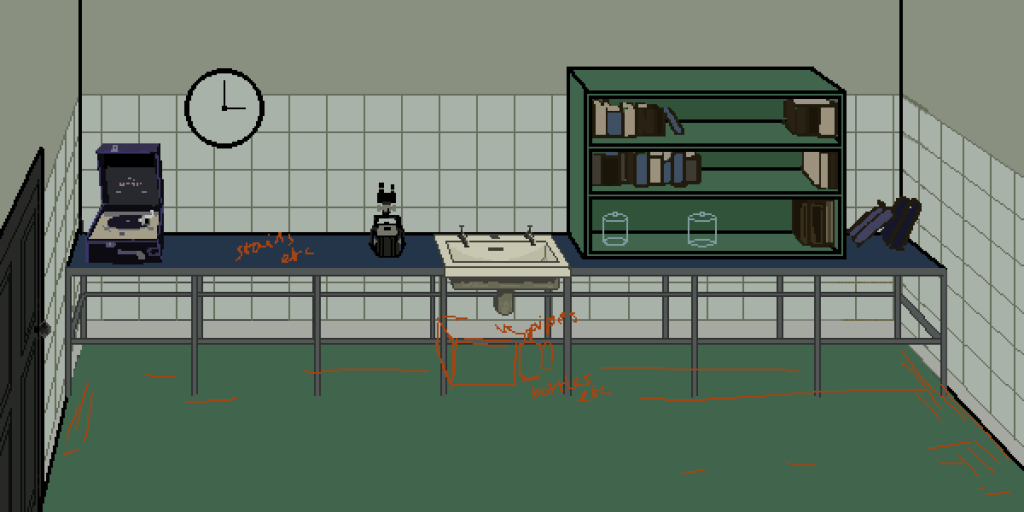
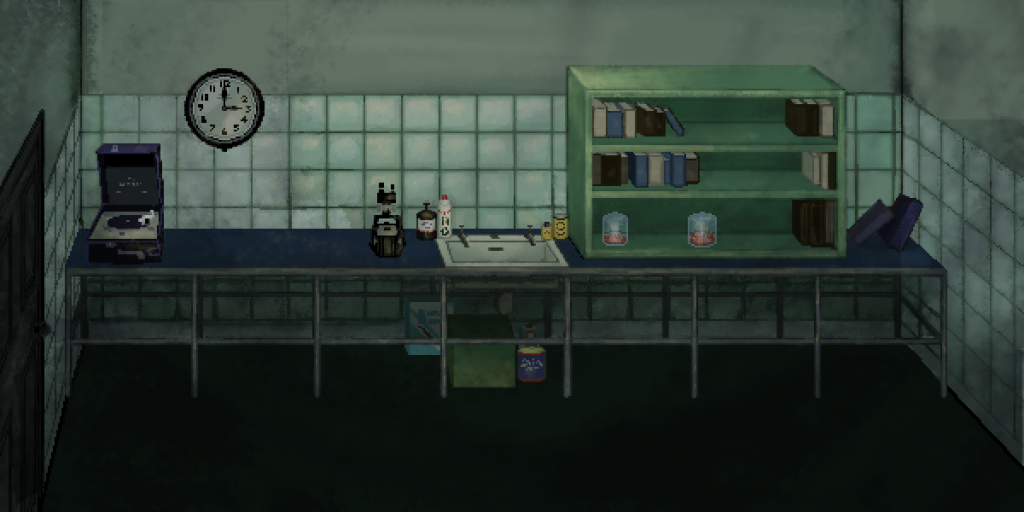
‘Inhale’ ends with Alex at the train station as the train to Augur Peak comes into view, which, along with the falling snow, helps to make the background feel more alive and realistic by making it dynamic.
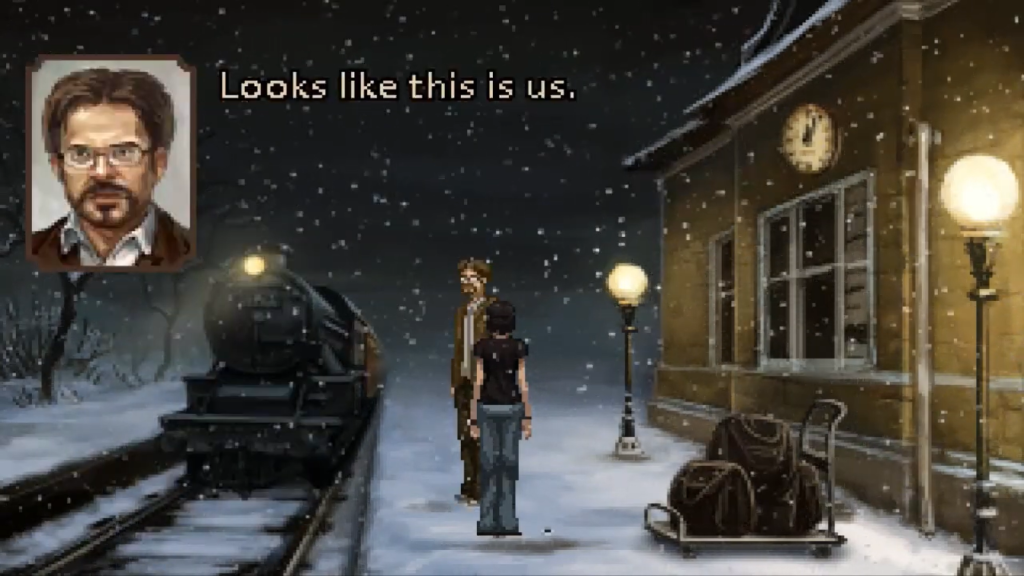
‘Sepulchre’ takes the perspective of Dr Harold Lang as he makes the journey to Augur Peak, as more and more strange things are happening on the train, introducing the supernatural horror while ‘Exhale’ focuses on man-made horror, continuing Alex’s perspective on the train.
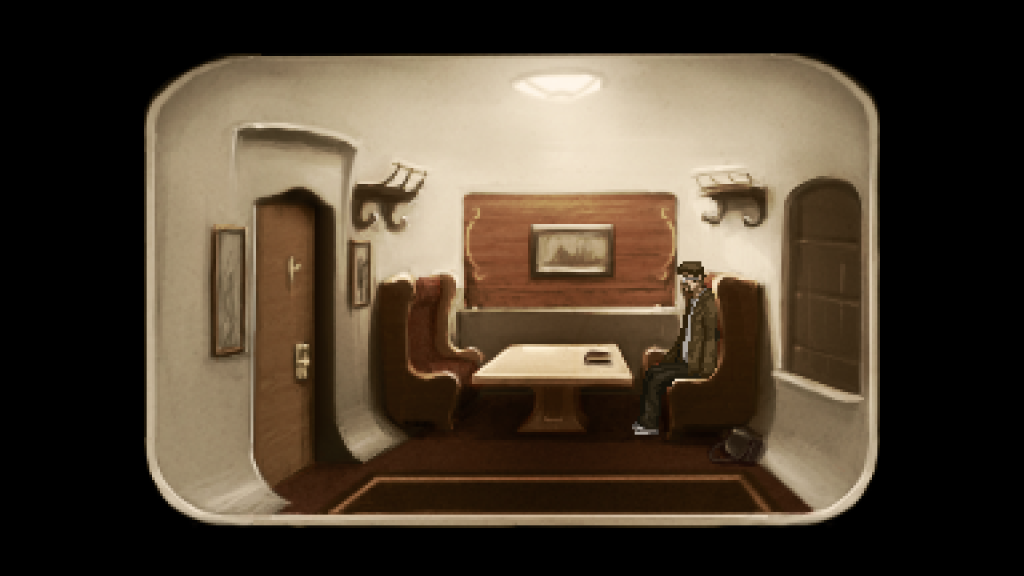
Overall, this game gave me a lot to think about in terms of creating a horror environment in order to create different feelings within a player, as well as working with the narrative designer and programmer, Youth and Suri, to make sure to highlight specific areas, like the paintings of Oedipus.
